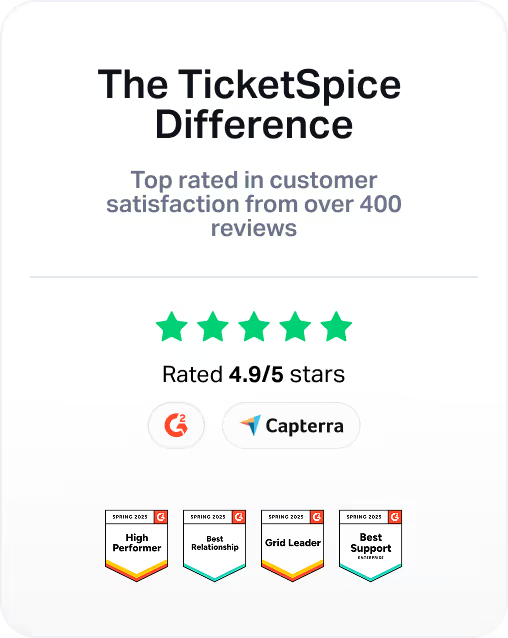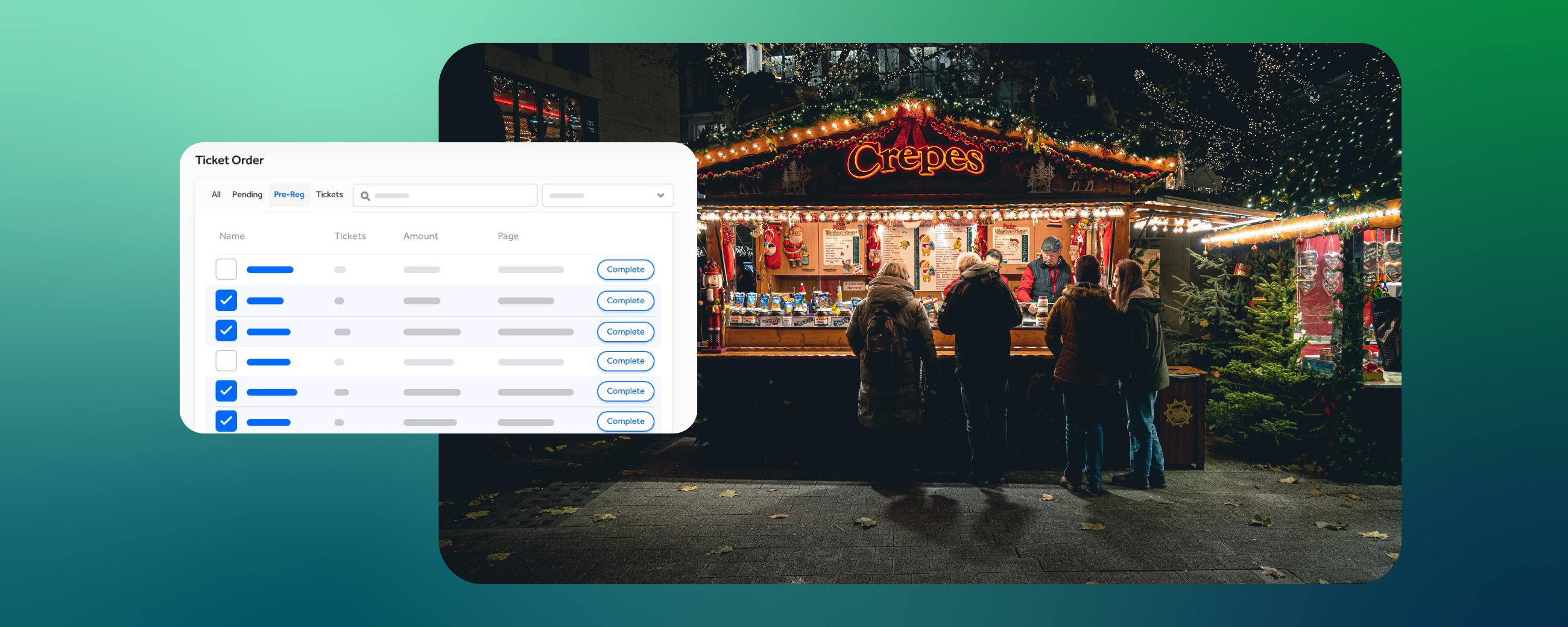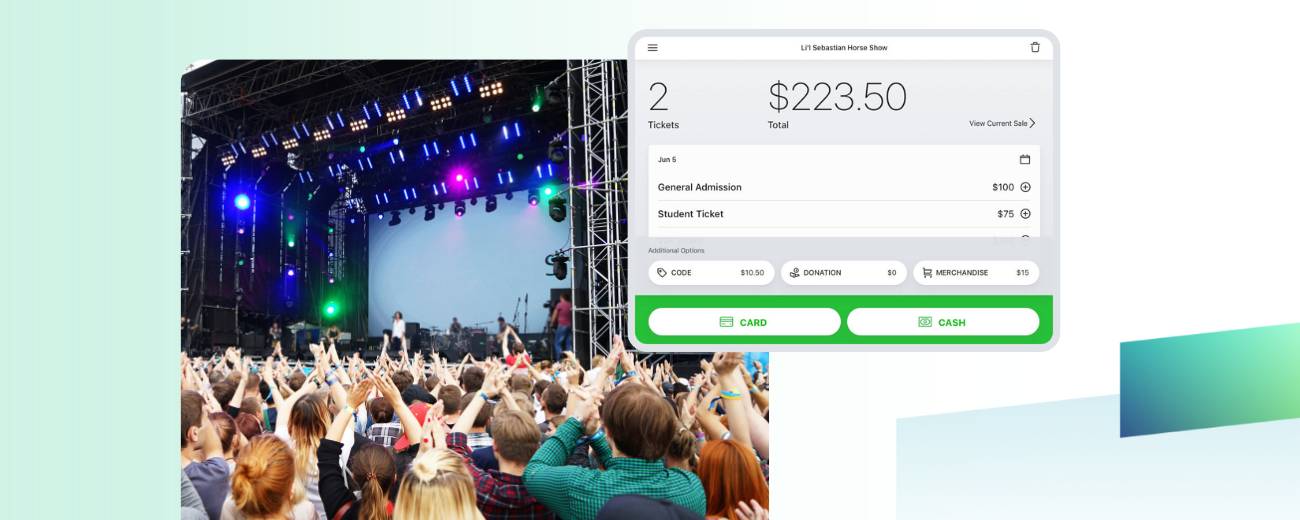Well, folks, it’s that time of year. With sparkling street lights and the scent of pine in the air, the holiday season is upon us. A festive Christmas event is a wonderful way to end your year on a glowing (and profitable) note.
While December is one of the busiest times of the year, planning and executing a Christmas event doesn’t have to be chaotic. If you’re strategic and follow the 5 steps in this guide, your event will take off smoother than Santa’s sleigh.
1. Set a Date and Time
To get started, do a preliminary check of your local events calendar to avoid overlapping. Look for any big events—such as a holiday parade or a tree lighting—that cater to the same audience.
Once you’ve chosen a date, narrow down the best timing for your event audience. If you’re organizing a Santa meet and greet, for example, young families will appreciate a morning to midday event. A Christmas festival for adults, on the other hand, with plenty of eggnog and rockin' tunes, is much better suited for the late evening.
2. Choose Your Venue
Whether your event involves ice skating, roasting marshmallows, listening to an orchestra, or playing board games, the venue provides the foundation for your key event experiences.
As you look for venues, run through this list of factors to make sure it’s a good fit.
Available dates, audio and visual offerings, size capacity, cost, parking, optional indoor areas, food or catering options, and last but not least, the terms and conditions.
3. Set Your Budget
Nailing your budget is key if you want to keep event planning stress down; no one wants to ring in the new year in the red. Start with data from your last year’s event, and if this is a first-time event, find some data from similar holiday events. From decorations to DJs, make a detailed list of both fixed and variable expenses. Next, list out all of your projected revenue, from ticket sales, sponsorships, merchandise, etc.
As you develop your budget, examine whether the totals in each category accurately reflect your event values. If being family-friendly is a top priority of your gingerbread contest, then going big on alcohol while simultaneously lowballing the kid’s hot chocolate will send the wrong message.
4 Send the Invitations
Starting with the layout, choose color schemes and designs that reflect your desired aesthetic—whether that’s red and gold, or silver and white. If you’re sending the invitation over email, consider the addition of appealing visuals, such as photos, videos, or reels from last year.
When writing the invitation, go beyond the date and address potential attendee questions. Use this list of frequently asked questions below to get your mind moving.
- Does the event have a dress code or a theme?
- How much do tickets cost? What about VIP tickets?
- Should people bring a gift? If so, of what monetary value?
- What’s the policy on plus ones?
- Are food and beverages included? Are there accommodations available for those with food allergies?
- Where can people park?
- Is there anything else people need to know that they won’t think to ask about?
By answering these questions ahead of time, you’ll save everyone time and hassle.
5. Promote Your Event
As your event draws near, keep your social media accounts buzzing to build collective excitement. Make your content so compelling that your followers can’t help but stop mid-scroll and stare at your stories.
You can build anticipation through countdowns, captivating reels, throwbacks to last year, and previews of your top attractions. If you really want to up the engagement level, consider running a contest with a free giveaway. Referral programs and BOGOs are also a great way to get people in the holiday spirit along with their friends.
Final Takeaways
Alas, it’s time to put these tools into practice and have a jolly good time. If you have any questions, don’t hesitate to contact our support team.
We’re here to help you have the best event ever!
— The TicketSpice Team





















